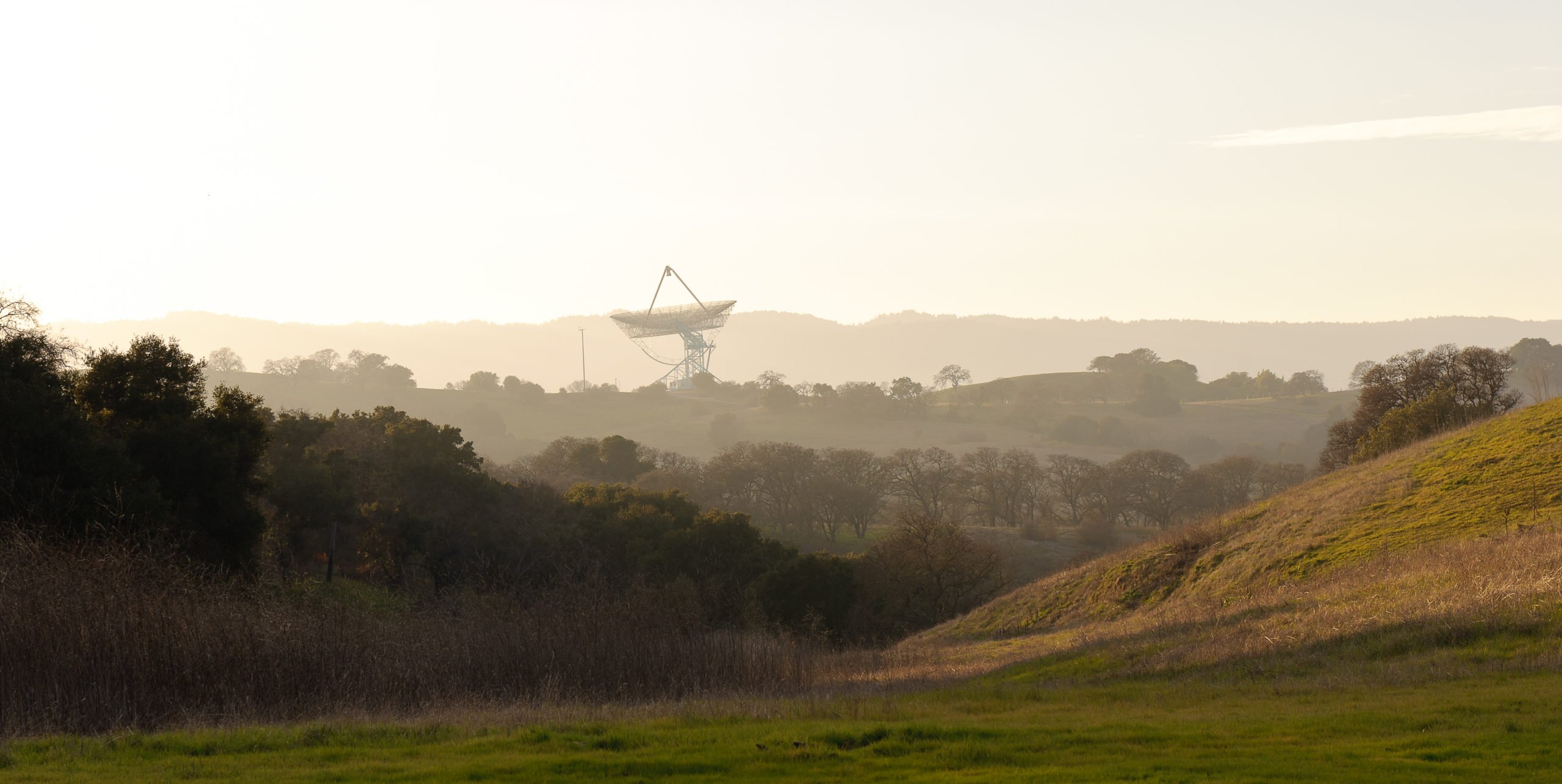Santa Clara County’s Board of Supervisors voted unanimously on Tuesday to begin considering amendments to the conditions of Stanford’s land use. A referral, approved by a 5-0 vote, authorizes county staff to draft updates to the University’s existing land use agreement, as well as conduct new research directed at expanding municipal services and supporting graduate affordability.
“We have a process in this county, which ordinarily begins a conversation with what’s called a referral,” Supervisor Joe Simitian ’00, who spearheaded the referral, told The Daily. “This is really a first step in generating a wider range of conversations and possible actions on [these issues].”
The referral’s passage signals the future of Santa Clara County’s treatment of the University’s land holdings, since the failed attempt to negotiate a new General Use Permit (GUP) this past fall.
Stanford’s Associate Vice President Jean McCown sent a letter to the Board of Supervisors on Monday afternoon ahead of the vote.
“Should you vote to approve this item, Stanford would like to request that you include in the referral a direction to County Administration to engage early and constructively with the university as the county studies possible amendments to the Stanford Community Plan,” the letter states.
While no such amendment was made to the referral, Simitian affirmed the county’s dedication to working with the University throughout the drafting process.
“I know I want to be very clear: We will certainly want to hear from all of the interested parties, including the University, just as we did during the application process,” he said.
The referral’s passage will launch exploratory efforts into issues that were found to be under-researched during the recent GUP negotiation process, according to Simitian. They include support for graduate students facing housing and other affordability challenges, as well as the adequacy of municipal services like fire and public safety provided by the University.
McCown’s letter also detailed Stanford’s ongoing internal efforts to address these issues.
“With respect to municipal services, Stanford already provides many of the same types that are typically funded by public tax revenues, as well as a host of other services, and funds them directly,” she wrote.
McCown also spoke to the Affordability Task Force, which she said has been working for over a year to actively alleviate the financial stress that some graduate students report facing at Stanford.
“We have spent the past 18 months listening to our community and tailoring approaches that address the needs of different campus populations,” McCown wrote. “Stanford recently announced new paid family leave, retirement, child and adult care, and financial assistance benefits for faculty and staff, and university leadership will soon be considering a comprehensive set of additional recommendations.”
Ana Maria Tarano ’14, M.S. ’16, a fourth-year Ph.D. candidate in aeronautics and astronautics and a member of the Graduate Student Council’s Diversity and Advocacy Committee, however, said that graduate students might welcome the more immediate assistance that the county could provide.
“I think graduate students support the county’s initiatives because previous discussions of affordability with the University … were not conclusive about ways forward to help alleviate the issues,” she wrote in an email to The Daily. “The Affordability Task Force plans to mitigate certain issues in the future but this does not solve any of the issues of those who are enrolled today.”
Tuesday’s vote also initiated the drafting of new conditions for two pieces of land use legislation, the 2000 Community Plan and 1985 Land Use Agreement.
The county will specifically seek to extend the existing Academic Growth Boundary — which demarcates areas in which high-volume development can occur — and the relocation of the “possible future school site” designation, which allocates a portion of Stanford land for development by the Palo Alto Unified School District.
The Board received nearly 200 emails from citizens urging for the referral’s passage, most of which advocated specifically for a 99-year extension of Stanford’s Academic Growth Boundary, which currently protects Stanford’s foothills from development. Citizens primarily cited the foothills’ ecological significance as one of the last few protected grassland habitats in the region.
In addition to extending the boundary’s expiration date, the referral proposed implementing a four-fifths majority rule, meaning any development that occurs outside of the designated area must be approved by four out of five supervisors.
Leadership from four different conservational non-profits in the Bay Area signed a letter advocating for the 99-year extension.
“In our era of climate change, and with the Board’s recent vote to declare a climate emergency, the need to protect open space in order to achieve our climate goals is more important than ever,” they wrote.
A previous version of this article incorrectly attributed the photo to The Stanford Daily. The correct attribution is Jawed Karim/Wikimedia Commons. The Daily regrets this error.
Contract Grace Carroll at gac23 ‘at’ stanford.edu.
